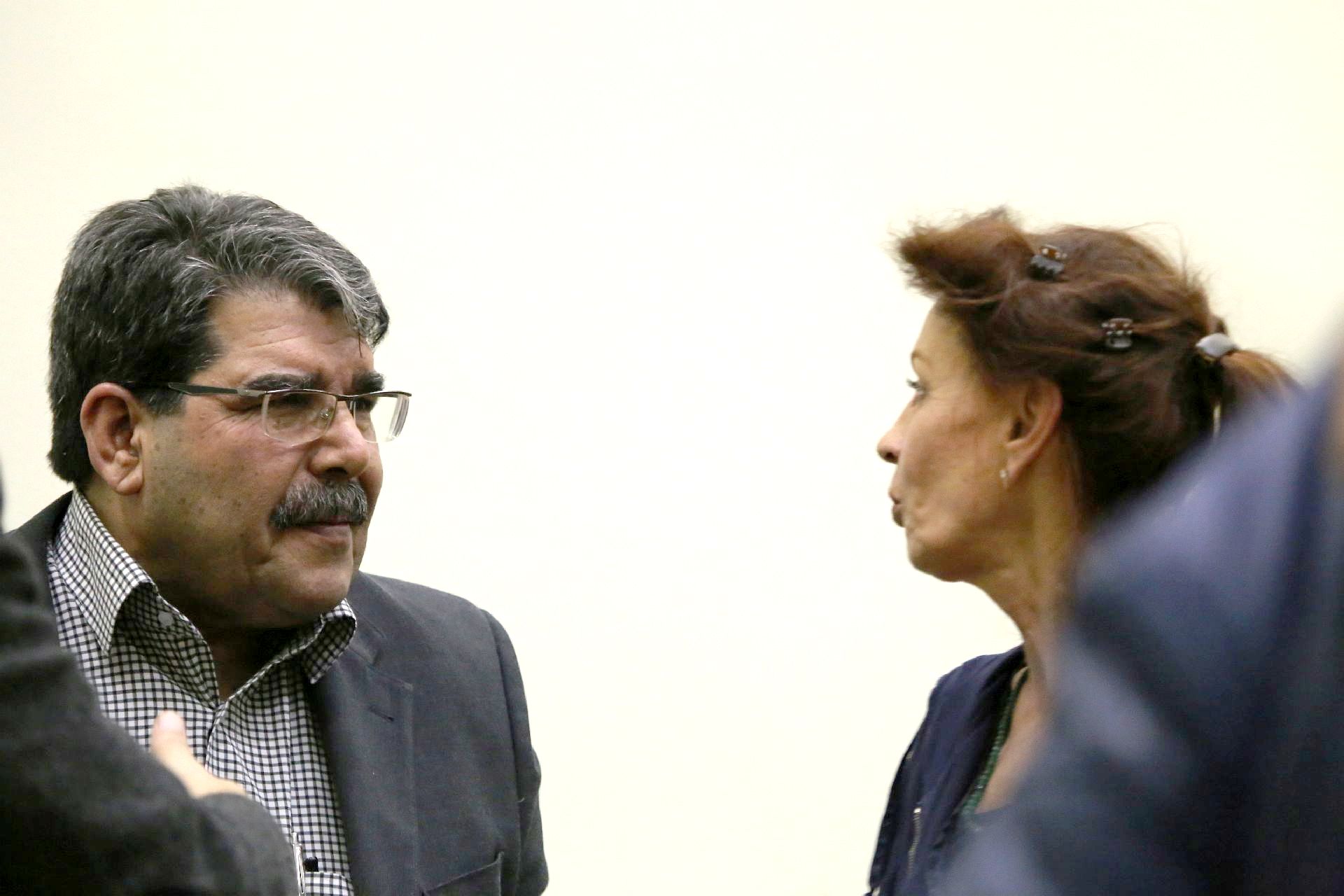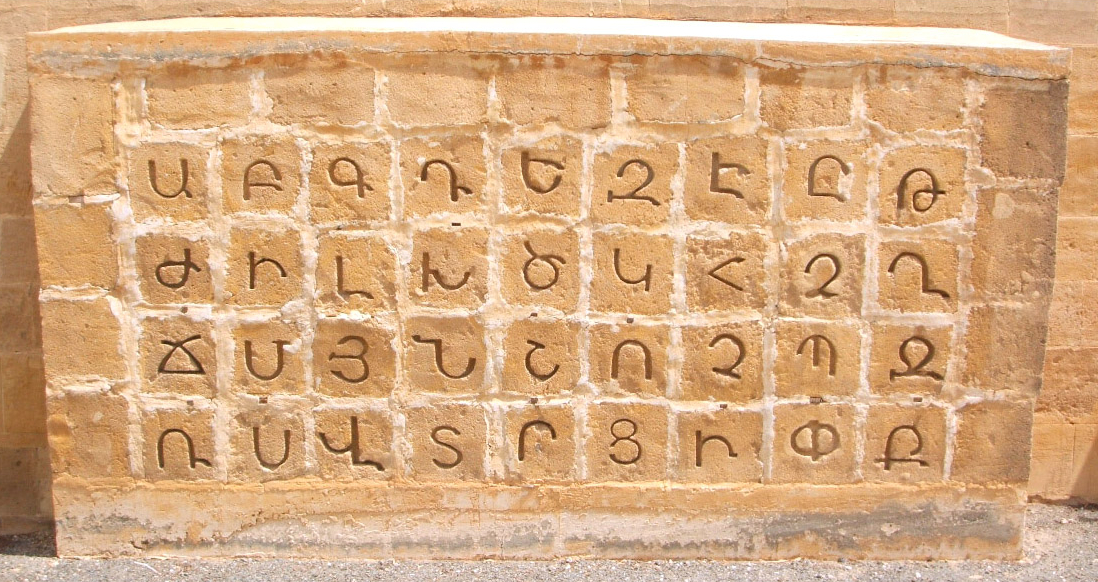|
Kurdish Languages
Kurdish (, ) is a language or a group of languages spoken by Kurds in the geo-cultural region of Kurdistan and the Kurdish diaspora. Kurdish constitutes a dialect continuum, belonging to Western Iranian languages in the Indo-European language family. The main three dialects or languages of Kurdish are Northern Kurdish (), Central Kurdish (), and Southern Kurdish (). A separate group of non-Kurdish Northwestern Iranian languages, the Zaza–Gorani languages, are also spoken by several million ethnic Kurds.Kaya, Mehmet. The Zaza Kurds of Turkey: A Middle Eastern Minority in a Globalised Society. The majority of the Kurds speak Kurmanji, and most Kurdish texts are written in Kurmanji and Sorani. Kurmanji is written in the Hawar alphabet, a derivation of the Latin script, and Sorani is written in the Sorani alphabet, a derivation of Arabic script. The classification of Laki as a dialect of Southern Kurdish or as a fourth language under Kurdish is a matter of debate, but the diff ... [...More Info...] [...Related Items...] OR: [Wikipedia] [Google] [Baidu] |
Turkey
Turkey ( tr, Türkiye ), officially the Republic of Türkiye ( tr, Türkiye Cumhuriyeti, links=no ), is a list of transcontinental countries, transcontinental country located mainly on the Anatolia, Anatolian Peninsula in Western Asia, with a East Thrace, small portion on the Balkans, Balkan Peninsula in Southeast Europe. It shares borders with the Black Sea to the north; Georgia (country), Georgia to the northeast; Armenia, Azerbaijan, and Iran to the east; Iraq to the southeast; Syria and the Mediterranean Sea to the south; the Aegean Sea to the west; and Greece and Bulgaria to the northwest. Cyprus is located off the south coast. Turkish people, Turks form the vast majority of the nation's population and Kurds are the largest minority. Ankara is Turkey's capital, while Istanbul is its list of largest cities and towns in Turkey, largest city and financial centre. One of the world's earliest permanently Settler, settled regions, present-day Turkey was home to important Neol ... [...More Info...] [...Related Items...] OR: [Wikipedia] [Google] [Baidu] |
Central Kurdish
Central Kurdish (), also called Sorani (), is a Kurdish dialect or a language that is spoken in Iraq, mainly in Iraqi Kurdistan, as well as the provinces of Kurdistan, Kermanshah, and West Azerbaijan in western Iran. Sorani is one of the two official languages of Iraq, along with Arabic, and is in administrative documents simply referred to as "Kurdish". The term Sorani, named after the former Soran Emirate, is used especially to refer to a written, standardized form of Central Kurdish written in the Sorani alphabet developed from the Arabic alphabet in the 1920s by Sa'ed Sidqi Kaban and Taufiq Wahby. History Tracing back the historical changes that Sorani has gone through is difficult. No predecessors of Kurdish are yet known from Old and Middle Iranian times. The extant Kurdish texts may be traced back to no earlier than the 16th century CE. Sorani originates from the Sulaymaniyah region. 1700s-1918 The oldest written literature in Sorani is reported to have been ''Mahdî ... [...More Info...] [...Related Items...] OR: [Wikipedia] [Google] [Baidu] |
Zaza–Gorani Languages
Zaza–Gorani is a linguistic subgroup of Northwestern Iranian languages. They are usually classified as a non-Kurdish branch of the Northwestern Iranian languages but most of their speakers consider themselves ethnic Kurds. The Zaza–Gorani languages are the Zaza and the Gorani languages, whereas Gorani is composed of four dialects being Hawrami, Bajelani, Shabaki and Sarli. Sources External linkswww.zazaki.net (Kırmanc, Zaza, Kırd, Dimli) {{DEFAULTSORT:Zaza-Gorani Languages Northwestern Iranian languages Languages of Kurdistan Languages ... [...More Info...] [...Related Items...] OR: [Wikipedia] [Google] [Baidu] |
Indo-European Languages
The Indo-European languages are a language family native to the overwhelming majority of Europe, the Iranian plateau, and the northern Indian subcontinent. Some European languages of this family, English, French, Portuguese, Russian, Dutch, and Spanish, have expanded through colonialism in the modern period and are now spoken across several continents. The Indo-European family is divided into several branches or sub-families, of which there are eight groups with languages still alive today: Albanian, Armenian, Balto-Slavic, Celtic, Germanic, Hellenic, Indo-Iranian, and Italic; and another nine subdivisions that are now extinct. Today, the individual Indo-European languages with the most native speakers are English, Hindi–Urdu, Spanish, Bengali, French, Russian, Portuguese, German, and Punjabi, each with over 100 million native speakers; many others are small and in danger of extinction. In total, 46% of the world's population (3.2 billion people) speaks an ... [...More Info...] [...Related Items...] OR: [Wikipedia] [Google] [Baidu] |
Dialect Continuum
A dialect continuum or dialect chain is a series of Variety (linguistics), language varieties spoken across some geographical area such that neighboring varieties are Mutual intelligibility, mutually intelligible, but the differences accumulate over distance so that widely separated varieties may not be. This is a typical occurrence with widely spread languages and language families around the world, when these languages did not spread recently. Some prominent examples include the Indo-Aryan languages across large parts of India, varieties of Arabic across north Africa and southwest Asia, the Turkic languages, the Varieties of Chinese, Chinese languages or dialects, and subgroups of the Romance languages, Romance, Germanic languages, Germanic and Slavic languages, Slavic families in Europe. Leonard Bloomfield used the name dialect area. Charles F. Hockett used the term L-complex. Dialect continua typically occur in long-settled agrarian populations, as innovations spread from t ... [...More Info...] [...Related Items...] OR: [Wikipedia] [Google] [Baidu] |
Salih Muslim
Salih Muslim Muhammad (Kurmanji ku, Salih Muslim Mihemed, ar, صالح مسلم محمد, Ṣāliḥ Muslim Muḥammad) is the co-chairman of the Democratic Union Party (PYD), the main party of the Autonomous Administration of North and East Syria. As the deputy coordinator of the National Coordination Committee for Democratic Change, he is the most prominent Kurdish representative for much of the Syrian Civil War. Political career Early political activities Muslim first became involved with the Kurdish movement during the 1970s when he was studying engineering at Istanbul Technical University after becoming influenced by Mustafa Barzani's ongoing fight against the Iraqi government, the failure of which spurred him into becoming more active. In 1998, he joined the Kurdistan Democratic Party of Syria (KDP-S), the Syrian branch of the Iraqi Kurdish Democratic Party (KDP). He left the KDP-S in 2003 after becoming disillusioned by the party's failure to accomplish its o ... [...More Info...] [...Related Items...] OR: [Wikipedia] [Google] [Baidu] |
Laki Language
, altname = , states = Iran and Turkey , region = Provinces of Hamadan, Ilam, Lorestan and Kermanshah in Iran, and scatteredly elsewhere in Iran and Turkey , ethnicity = Kurds ( Lak tribe) , speakers = 1,240,000 (2019 estimate), including 150,000 monolinguals , ref = , familycolor = Indo-European , fam2 = Indo-Iranian , fam3 = Iranian , fam4 = Western Iranian languages , fam5 = Kurdish , fam6 = Southern Kurdish , iso3 = lki , glotto = laki1244 , glottorefname = Laki , lingua = 58-AAC-aac Laki ('' ku, لهکی, translit=Lekî, fa, لکی'') is a vernacular that consists of two dialects; Pish-e Kuh Laki and Posht-e Kuh Laki. Laki is considered a Kurdish dialect, by most linguists and is spoken chiefly in the area between Khorramabad and Kermanshah by about one million native speakers. Geography Laki ... [...More Info...] [...Related Items...] OR: [Wikipedia] [Google] [Baidu] |
Soviet Armenian Encyclopedia
The ''Armenian Soviet Encyclopedia'' ( hy, Հայկական սովետական հանրագիտարան, ''Haykakan sovetakan hanragitaran''; ASE) publishing house was established in 1967 as a department of the Institute of History of the Armenian Academy of Sciences under the presidency of Viktor Hambardzumyan (1908–1996), co-edited by Abel Simonyan (1922–1994) and Makich Arzumanyan (1919–1988). In 1988–1999 the editor-in-chief was Konstantin Khudaverdyan (1929–1999) and since 1999 Hovhannes Aivazyan. It produced the ''Soviet Armenian Encyclopedia'' (also rendered ''Armenian Soviet Encyclopedia''; '' hy, Հայկական Սովետական Հանրագիտարան'', ', ''russian: Армя́нская сове́тская энциклопе́дия'', ' ) from 1974–1986. The AE publishing house also edited a children's encyclopedia, ''Who is it? What is it?'' ( hy, italic=yes, Ո՞վ է, Ի՞նչ է) in 4 volumes (1984–87), the ''Russian-Armenian Polytechnical Dic ... [...More Info...] [...Related Items...] OR: [Wikipedia] [Google] [Baidu] |
Krugosvet
Krugosvet is a Russian-language encyclopedia covering different fields of knowledge in eight supercategories and 27 subcategories, 12,000 entries, over 600 current and historic maps, and 10,000 illustrations and charts. It is intended to provide objective, non-ideological, easily accessible information for research and other purposes. The encyclopedia is available for free online and was previously supported by Open Society Institute’s Information Program. According to Yandex portal, that also hosts Krugosvet, it is "comparable to the ''Great Soviet Encyclopedia'' in its size and significance". Along with former Stanford colleague, Robert Ball, Prof. Gregory Freidin founded a Moscow publishing company, The Russian Britannica LLC., which has since evolved into Krugosvet's publication. Every third Krugosvet article has been translated from ''Collier's Encyclopedia ''Collier's Encyclopedia'' is a discontinued general encyclopedia first published in 1949 by P. F. Collier and Son ... [...More Info...] [...Related Items...] OR: [Wikipedia] [Google] [Baidu] |
Pergamon Press
Pergamon Press was an Oxford-based publishing house, founded by Paul Rosbaud and Robert Maxwell, that published scientific and medical books and journals. Originally called Butterworth-Springer, it is now an imprint of Elsevier. History The core company, Butterworth-Springer, started in 1948 to bring the "Springer know-how and techniques of aggressive publishing in science"Joe Haines (1988) ''Maxwell'', Houghton Mifflin, p. 137. to Britain. Paul Rosbaud was the man with the knowledge. When Maxwell acquired the company in 1951, Rosbaud held a one-quarter share. They changed the house name to Pergamon Press, using a logo that was a reproduction of a Greek coin from Pergamon. Maxwell and Rosbaud worked together growing the company until May 1956, when, according to Joe Haines, Rosbaud was sacked. When Pergamon Press started it had only six serials and two books. Initially the company headquarters was in Fitzroy Square in West End of London. In 1959, the company moved into Headingt ... [...More Info...] [...Related Items...] OR: [Wikipedia] [Google] [Baidu] |
Armenian Alphabet
The Armenian alphabet ( hy, Հայոց գրեր, ' or , ') is an alphabetic writing system used to write Armenian language, Armenian. It was developed around 405 AD by Mesrop Mashtots, an Armenian linguist and wikt:ecclesiastical, ecclesiastical leader. The system originally had 36 letters; eventually, three more were adopted. The alphabet was also in wide use in the Ottoman Empire around the 18th and 19th centuries. The Armenian word for "alphabet" is ('), named after the first two letters of the Armenian alphabet: hy, այբ ' and hy, բեն, links=no '. Armenian is written writing system#Directionality, horizontally, left to right. Alphabet *Listen to the pronunciation of the letters in or in . Notes: #Primarily used in classical orthography; after the reform used word-initially and in some compound words. #Except in ով "who" and ովքեր "those (people)" in Eastern Armenian. #Iranian Armenians (who speak a subbranch of Eastern Armenian) pronounce the soun ... [...More Info...] [...Related Items...] OR: [Wikipedia] [Google] [Baidu] |
Perso-Arabic Script
The Persian alphabet ( fa, الفبای فارسی, Alefbâye Fârsi) is a writing system that is a version of the Arabic script used for the Persian language spoken in Iran ( Western Persian) and Afghanistan (Dari Persian) since the 7th century after the Muslim conquest of Persia. The Persian dialect spoken in Tajikistan (Tajiki Persian) is written in the Tajik alphabet, a modified version of the Cyrillic alphabet which has been in use since the Soviet era. The Persian alphabet is directly derived and developed from the Arabic alphabet. After the Muslim conquest of Persia and the fall of the Sasanian Empire in the 7th century, Arabic became the language of government and especially religion in Persia for two centuries. The replacement of the Pahlavi scripts with the Persian alphabet to write the Persian language was done by the Saffarid dynasty and Samanid dynasty in 9th-century Greater Khorasan. The script is mostly but not exclusively right-to-left; mathematical expressi ... [...More Info...] [...Related Items...] OR: [Wikipedia] [Google] [Baidu] |






